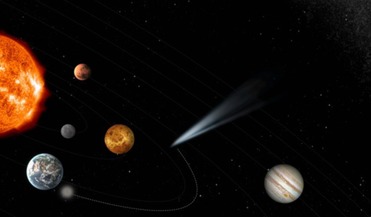 21 June 2019
ESA's new mission to intercept a comet
21 June 2019
ESA's new mission to intercept a comet
... approach to Earth’s orbit. Its three spacecraft will perform simultaneous observations from multiple points around the comet, creating a 3D profile of a ‘dynamically new’ object that contains unprocessed material surviving from the dawn of the Solar...
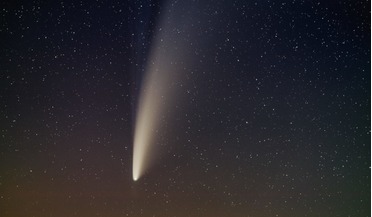 15 July 2020
Comet Neowise puts on a spectacular show
15 July 2020
Comet Neowise puts on a spectacular show
...the Sun’s intense light. At the moment, the comet is visible from mid-northern latitudes in the evening ... us at a distance of 0.69 AU (103 million km). In terms of passing comets that is close but is still around 400 times further away than our moon ...
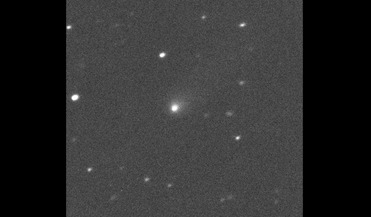 13 September 2019
Newly discovered comet could be our second interstellar visitor
13 September 2019
Newly discovered comet could be our second interstellar visitor
... Earth’s orbit is currently about 0.0167. Higher numbers indicate more elliptical orbits and at 3.2, the newly found comet’s orbit can be described as hyperbolic. This highly eccentric/hyperbolic orbit is what gives C/2019 Q4 (Borisov) away as being...
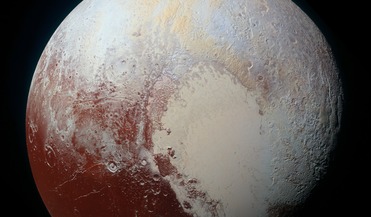 25 May 2018
New research suggests Pluto could be one giant comet
25 May 2018
New research suggests Pluto could be one giant comet
... ices in Sputnik Planitia suggest that the dwarf planet may be made-up of roughly a billion comets that are similar in composition to 67P/C-G, the comet surveyed by Rosetta. Pluto’s small size and unusual orbit has always earmarked it as something...
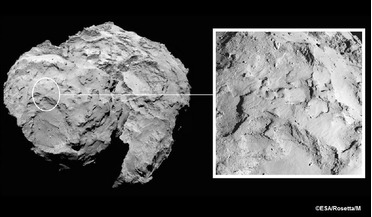 December 2014
Rosetta revelations: the fabric of comet 67P/Churyumov-Gerasimenko
December 2014
Rosetta revelations: the fabric of comet 67P/Churyumov-Gerasimenko
... instruments to analyse the coma gas and dust and it is the first mission to land a robot on the comet nucleus. By studying a comet over long periods it will be possible to get information about nucleus inhomogeneity and from there about...
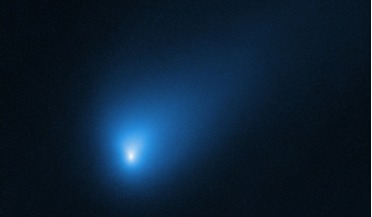 17 October 2019
Hubble gets a good look at interstellar visitor Comet 2I/Borisov
17 October 2019
Hubble gets a good look at interstellar visitor Comet 2I/Borisov
... with their best look yet at an interstellar visitor — Comet 2I/Borisov — which is believed to have arrived here from...system. Crimean amateur astronomer Gennady Borisov first discovered the comet on 30 August 2019. After a week of observations ...